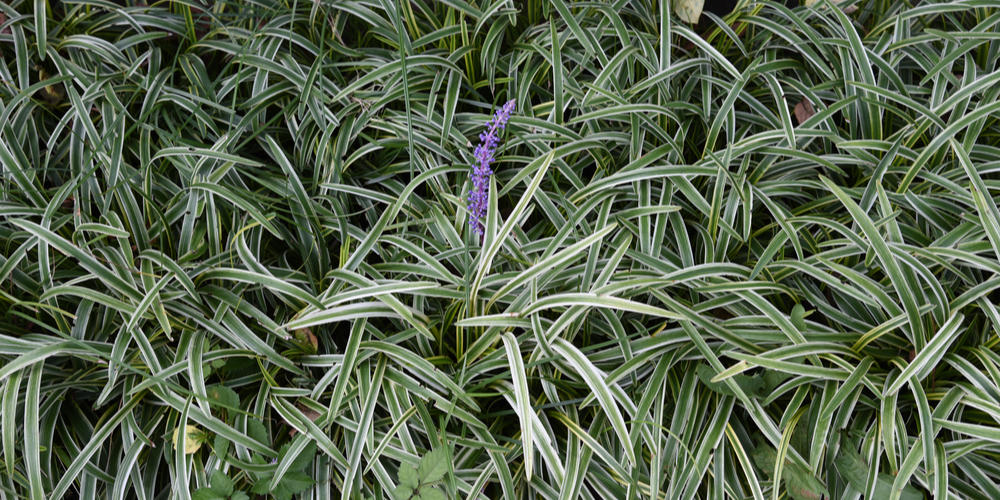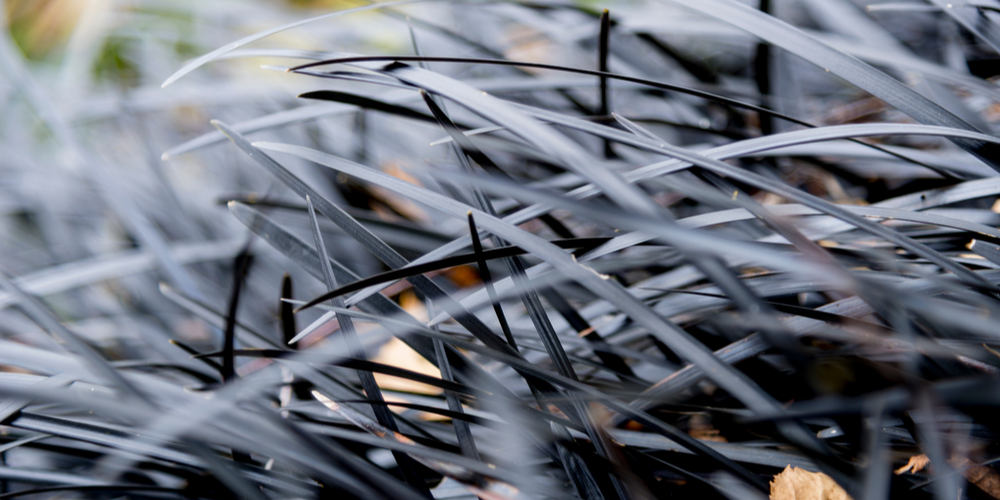If you are tired of taking care of your lawn, you should consider planting either mondo grass or monkey grass in your garden. These species are low-growing, have a high tolerance to drought conditions, and don’t require much attention from your side. But what is the difference between mondo grass and monkey grass, and what do they have in common? Keep reading this “mondo grass vs. monkey grass” essential guide to finding out.
One of the most confusing things about these two plants is that both might go under the name of “monkey grasses.” However, they belong to different species and have characteristics (such as growth habits and appearance) that take them apart.
For instance, mondo grass tends to be more rounded. Monkey grass looks similar to turfgrass and is part of the Liriope family. Many people refer to it as “border grass.” While both species are called grasses, they are members of the Lily Family instead.
Let’s dig deeper into what makes them different (or similar).
Mondo Grass vs. Monkey Grass: Similarities

As we mentioned, both Monkey and Mondo grass belong to the same genus but are two different species. There are various types of monkey grass belonging to either the Liriope or Ophiopogon genus. Pick one that better suits your preferences and that can grow in your region’s weather and soil conditions.
Both types of plants need regular watering to thrive, even if they will survive periods of drought as well. The plants need only minimal care and are not too fussy about soil conditions. However, they are both slow to establish. When replacing your turf with one of these two species, you must be patient. Indeed, you may have to wait for a couple of years before filling the empty spaces. Still, your patience will bring you fruits!
Both mondo and monkey grass have deep blue foliage that grows cascading, resembling a fountain. Under optimal conditions, they grow dense and vivid in color. If you wish to make your garden even more attractive (and unique-looking), you should consider getting varieties with darker foliage, such as the Black Mondo. Most monkeys are evergreen and produce flowers in spring or summer that create an attractive contrast against the green foliage.
You can use both as ground covers under trees or shrubs. Alternatively, you can also grow them in containers and use them as stand-alone plants. Both plants are hardy and not susceptible to many diseases. Still, you may want to keep an eye out for attacks from harmful insects, which might destroy foliage.
Something that might stop most homeowners from replacing their turf with either mondo or monkey grass is that both do not withstand heavy foot traffic: if you have kids or pets, you should consider other options (or plant one of these two species as an ornamental).
Mondo Grass Versus Monkey Grass: Differences

To distinguish mondo to monkey grass, you must look at their leaves. Mondo grass produces narrower leaves that grow slowly: when planting it as a turf, you’ll only have to mow it once per year in the late winter. Compared to monkey grass, this species is darker and shorter. Also, its leaves have a drooping aspect. Mondo grass has dwarf varieties that work best as substitutes to traditional lawn species.
Monkey grass produces medium-textured leaves that stand erect. This species is taller than mondo (it will grow up to about eight inches). This plant produces white or lilac blooms, followed by berries, from July to September, just like mondo. Mondo grass has more vibrant foliage and performs well even in coastal areas. Monkey grass is native to Asia, where it has been an ornamental plant for centuries.
Of the two, mondo grass tolerates harsh sunlight less and won’t survive through cold winters. Make sure you check with the characteristics of your hardiness zone before picking one over the other species for your garden.
Mondo Grass Versus Monkey Grass: The Bottom Line
Both Mondo and Monkey grass have things in common that make them excellent choices for ground covers. They also perform well as ornamental plants to spice up your garden. Whether both require minimal care and don’t need regular mowing, you still have to check with their basic needs before picking one for your yard: make sure you can meet them to have them thrive.